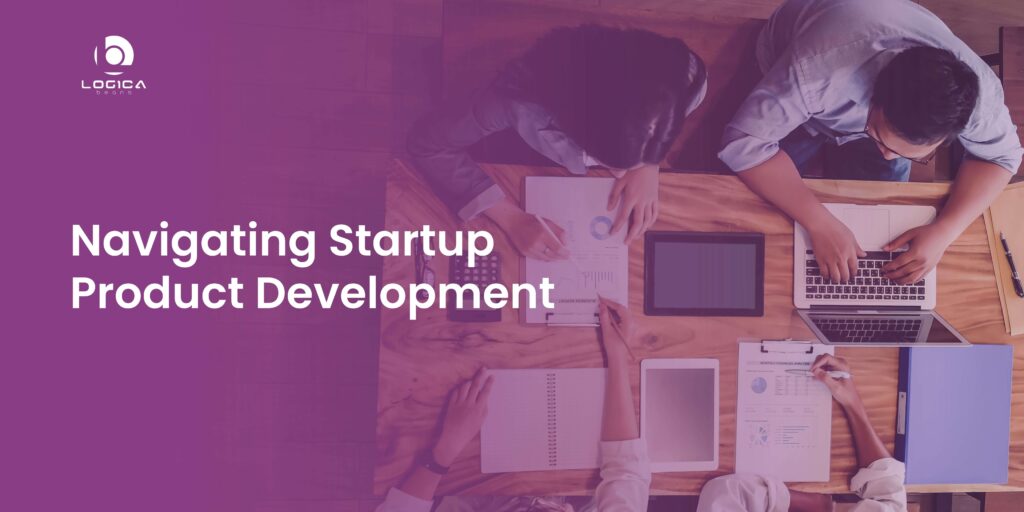Launching a startup product is like embarking on a journey where daring concepts become workable solutions and the seeds of ground-breaking businesses are sown. It’s an adventure full of thrills, difficulties, and limitless chances for inventiveness.
We’ll go into the startup product development industry in this blog. This investigation promises to be both educational and empowering, whether you’re a first-time business owner with a paradigm-shifting concept or a seasoned innovator trying to improve your strategy.
Understanding the Need for Startup Product Development
The process of product creation emerges as the core of success in the dynamic startup environment, where innovation rules supreme and competition is ferocious. It is the force behind companies’ growth, enabling them to turn abstract ideas into products that appeal to their target market.
But what motivates this pressing demand for startup product development?
Here are some of them:
● Meeting market demands
Finding market gaps and developing solutions to close them is what makes startups successful. A startup’s offering must be compatible with the demands and preferences of its target market in order for product development to be effective. Startups may develop a competitive advantage and a devoted consumer base by making goods that answer actual problems.
● Validating ideas
Ideas need to be validated since entrepreneurs frequently make unproven assumptions and hypotheses about the viability of their products in the early stages. A well-structured framework is offered by product development to test these concepts. Before making a significant investment, entrepreneurs may improve their concepts through iterative prototyping and customer feedback.
● Differentiation & Innovation
Startups need to continuously innovate if they want to stand out in a crowded market. They can investigate novel features, technology, and design components via product development that set their offering apart from rivals. This innovation draws prospective partners and investors in addition to customers.
● Growth & Scalability
Businesses with successful goods have the opportunity to expand quickly. Scalability is a factor that should be taken into account during the product development process in order to ensure that the product can meet rising demand without sacrificing quality. For the purpose of gaining a greater market share and obtaining investment, this scalability is crucial.
● Building credibility
A precious commodity in the startup environment is trust. Product development that is done well displays a startup’s dedication to providing value and quality to its clients. As a result, the business gains more credibility, which increases its attraction to potential investors, clients, and partners.
● Adaptation to changing conditions
Market circumstances, consumer tastes, and technical landscapes may all change quickly in the unpredictable world that startups operate in. Startups with effective product development have the flexibility to respond to these changes. It enables them to change course as needed and embrace new chances.
● Long-term sustainability
The early thrill of starting a business might be thrilling, but long-term viability is what matters most. A sound product development plan is essential for making sure a startup’s success is long-lasting. It opens the door for ongoing development and the evolution of services to accommodate changing client demands.
At essence, startup product development is a strategic necessity rather than merely a procedure. It’s how businesses give their concepts in life, demonstrate their potential, and negotiate the treacherous landscape of entrepreneurship. Startups position themselves for growth, innovation, and long-term success by acknowledging the necessity of product development and embracing it as a key component of their journey.
The Product Development Lifecycle in Startups
Entrepreneurs attempt to realize their innovative ideas through startups, which serve as a breeding environment for new ideas. The product development lifecycle- a disciplined procedure that leads entrepreneurs from the first concept to the creation of a market ready product-lies at the heart of this journey.
For companies looking to successfully negotiate the challenging landscape of innovation and entrepreneurship, an understanding of this lifecycle is essential.
The product development lifecycle in startups starts with idea generation and ends with Iterative development.
Here are the steps in product development lifecycle:
● Idea generation
It all begins with generation of idea. Startups look for openings in the market, gaps in current solutions, or novel concepts that have the ability to address pressing issues. This stage comprises developing the concept into a workable product idea as well as market research and brainstorming.
● Market research
Startups perform extensive market research before launching their initial product. They examine the target market’s demographics, weigh the competitors, and confirm whether there is indeed a market for the suggested product. Making educated judgements regarding the future is aided by this stage.
● Planning & Strategy
Startups establish a thorough product development strategy when the idea is proven. Goals, objectives, deadlines, and a budget must all be specified. To make sure that resources are distributed effectively, it is crucial to have a clear plan.
● Design & Prototyping
Making wireframes, mock-ups, and prototypes of the product are all part of the design phase. Startups can visualize the user interface, functionality, and user experience during this phase. Iterative design improvement is accomplished through feedback and tweaks.
● Development & Build
Once a strong design has been established, development may start. To create the product, startups work with developers, engineers, and designers. Agile development approaches are frequently utilized because they provide adaptability and flexibility as the project develops.
● Testing & Quality Assurance
To make sure the product works as intended, thorough testing is essential. Startups run a range of tests, including usability, performance, security, and functionality tests. This stage involves addressing and fixing any problems or flaws.
● Launch & Deployment
The product is prepared for launch after it is stable and up to par in terms of quality. Startups prepare a strategic launch that involves consumer engagement and marketing initiatives. This stage signals the change from product development to commercial launch.
● Post-Launch Evaluation
The product launch is just the start. Startups collect customer input and actively analyze its success. They create further changes, respond to customer issues, and organize updates and additions using this data.
● Scaling & Growth
Scaling operations is the primary emphasis of successful startups. This entails growing the user base, breaking into new markets, and improving the product to meet rising demand. For long-term success, scalability is crucial.
● Iterative Development
The product development lifecycle is a continuous process rather than a single event. On the basis of evolving market dynamics, consumer input, and cutting-edge technology, startups make product iterations. The product remains competitive and current thanks to this constant improvement.
For entrepreneurs, navigating the product development lifecycle is a difficult yet rewarding path. It’s a route that calls for imagination, flexibility, and resiliency. Successful companies embrace this lifecycle and use it as a roadmap to turn their ground-breaking concepts into products that are ready for the market and have the potential to upend whole sectors and spur development.
Understanding and managing the product development lifecycle is a crucial difference between those who succeed and those who fail in the dynamic startup environment. It’s a challenging and rewarding path where execution meets invention to produce the following wave of game-changing items.
Factors to Consider in Startup Product Development
Innovation, strategy, and execution must all be used in conjunction to launch a startup’s product successfully. A crucial step in this trip is the product development stage, and to maximize the likelihood of success, several crucial elements must be properly considered.
Some of the key consideration in startup product development are mentioned below:
● It’s critical to comprehend who your target market is. Market research that is in-depth may assist pinpoint customer preferences, problem spots, and wants.
● Give user experience and design top priority. Designing goods with the requirements and expectations of your target market in mind entails making them intuitive, user-friendly, and aligned with those needs and expectations.
● Lean and agile development methods should be used by startups. These strategies place a strong emphasis on adaptability, iterative development, and quick responses to shifting needs.
● By releasing an MVP, you may evaluate your product concept with the bare minimum of functionalities in order to measure market interest and gain insightful customer feedback.
● Anticipate dangers and aggressively reduce them. Be prepared for potential obstacles, such as technological difficulties, market shifts, or unanticipated competitors.
Startups may improve their chances of developing a successful and long-lasting product by taking these important elements into account as they navigate the difficult and dynamic process of product creation. In the startup industry, flexibility, agility, and a thorough grasp of the market and consumer demands are crucial components for successful product development.
Conclusion
The journey of startup product development is a thrilling and rewarding endeavor. It’s a path filled with challenges yet brimming with potential for innovation and growth. You may overcome obstacles and embrace chances by being committed to your idea, assembling a solid team, embracing iteration, and being aware of finances and deadlines.
Keep in mind that mistakes and losses frequently serve as learning experiences that lead to success. So, bear these guidelines in mind as you set out on your own startup product development journey, and you’ll be well on your way to making your dream a reality.










